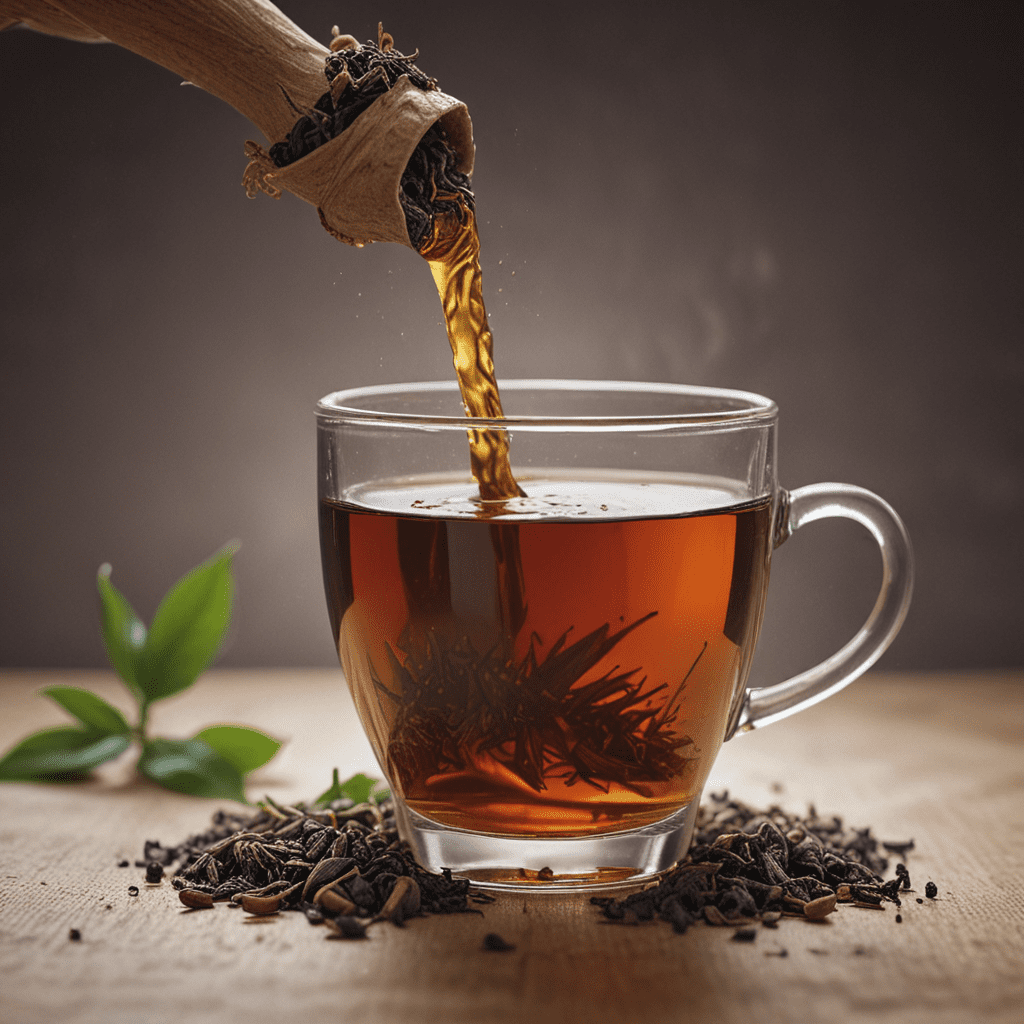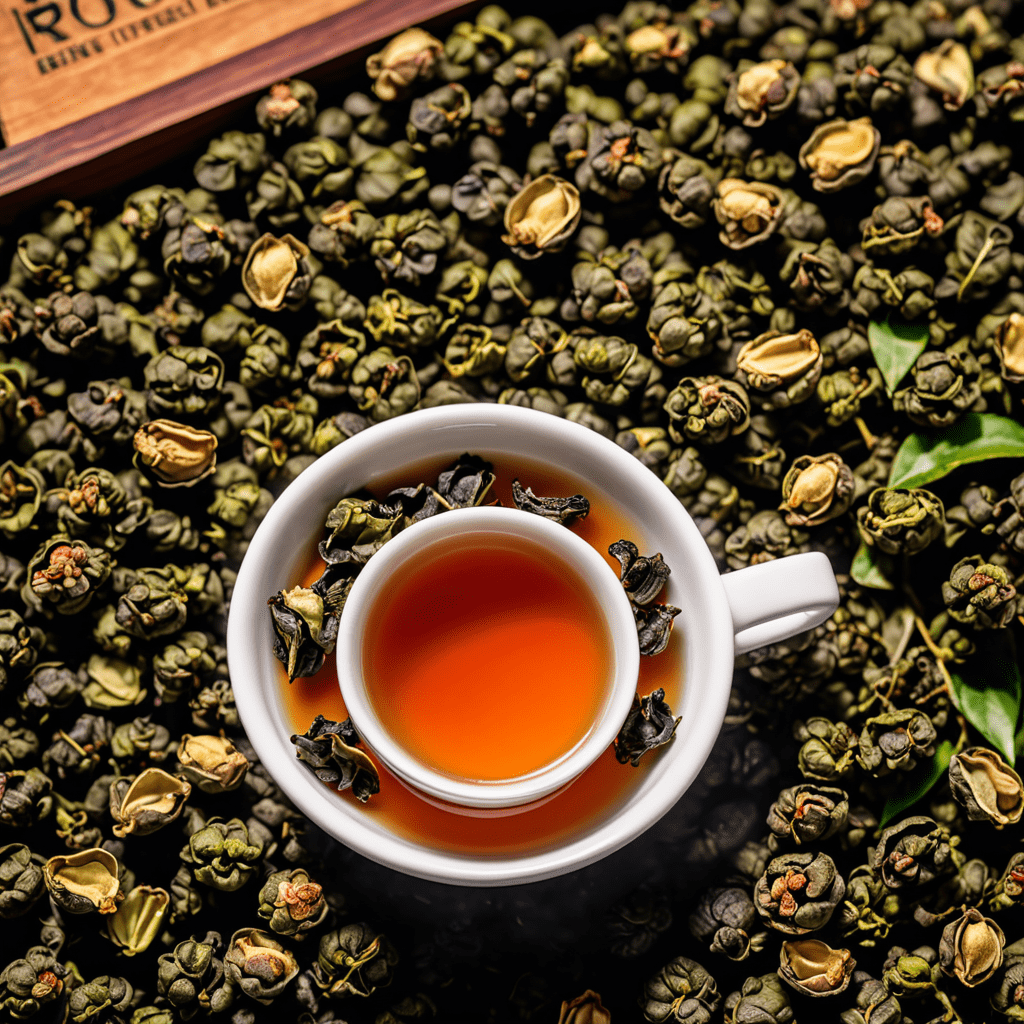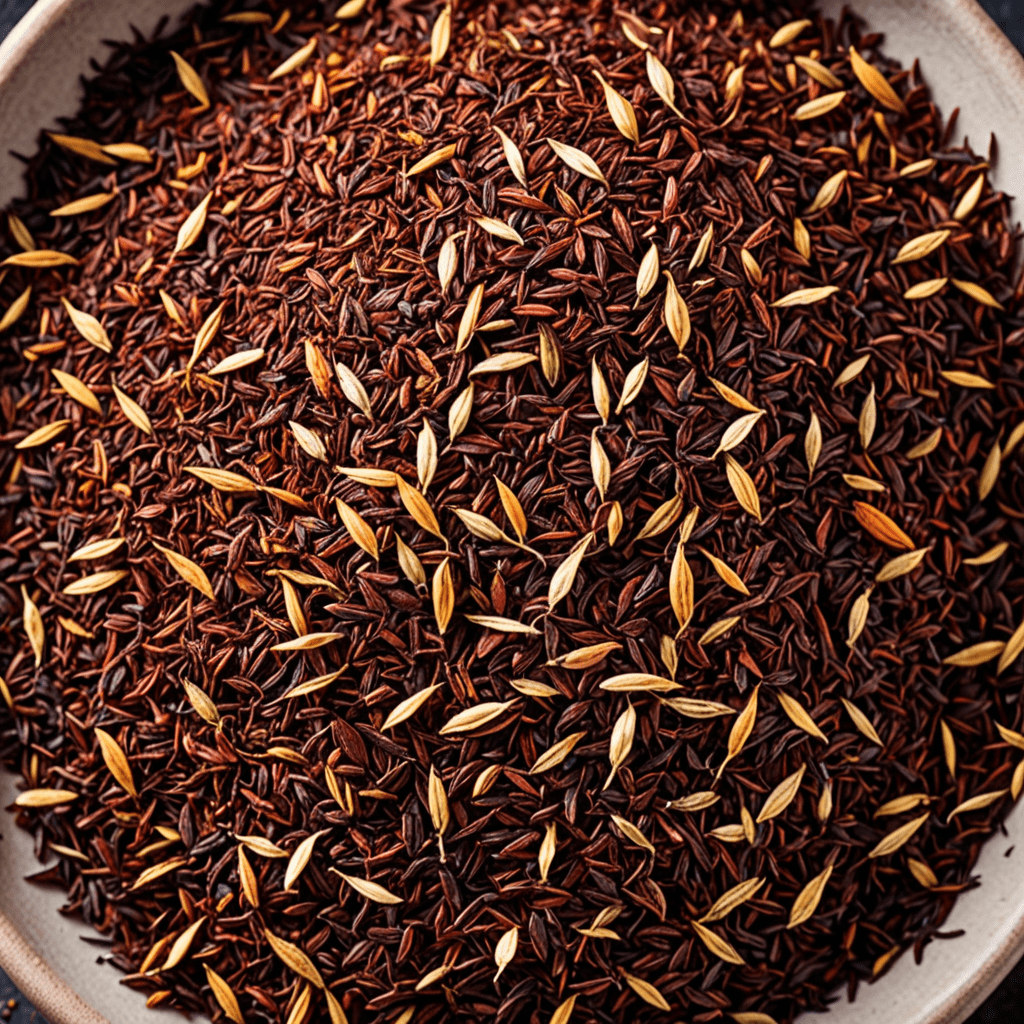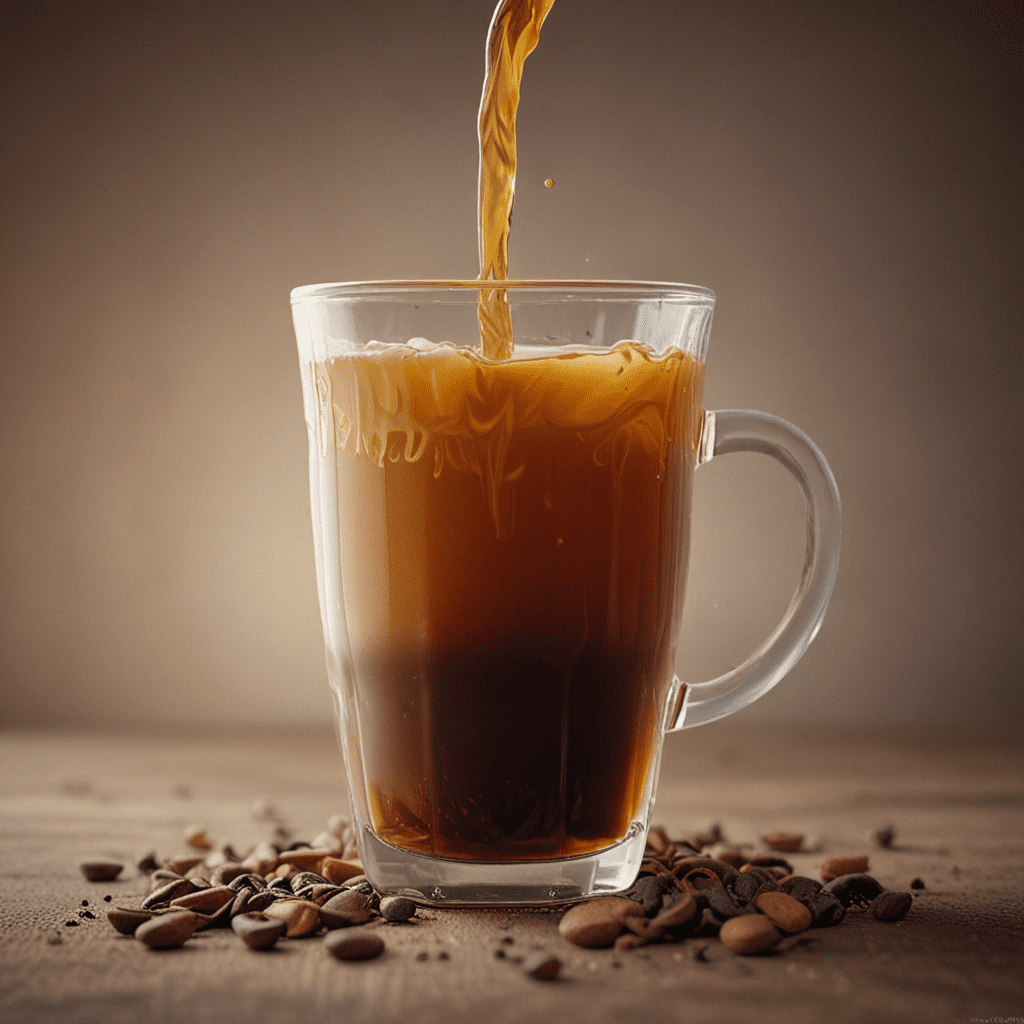
Assam Tea: The Art of Tea Appreciation
Introduction
Assam tea, renowned for its robust flavor and distinct malty notes, is a celebrated beverage with a rich history and cultural significance. Originating from the lush Brahmaputra Valley in Northeastern India, this tea has captivated tea enthusiasts around the world with its unique characteristics. Assam tea plantations, nestled amidst the region's fertile soil and abundant rainfall, produce some of the finest teas, exemplifying the art of tea cultivation and appreciation.
Varieties of Assam Tea
The diverse range of Assam teas encompasses black tea, green tea, and white tea. Black tea, the most common variety, undergoes full oxidation during processing, resulting in its characteristic dark color and bold flavor. Green tea, on the other hand, is minimally oxidized, preserving its fresh, vegetal notes. White tea, the least processed, retains the delicate flavors and subtle aromas of the tea leaves.
Terroir and Cultivation
The unique flavor profile of Assam tea is attributed to the region's exceptional terroir. The Brahmaputra Valley's rich, alluvial soil, combined with its subtropical climate and ample rainfall, provides ideal conditions for tea cultivation. Traditional cultivation practices, passed down through generations, emphasize sustainable farming techniques and careful leaf selection.
Processing and Oxidation
The processing of Assam tea involves several stages that determine its final characteristics. After harvesting, the tea leaves undergo withering, where they lose moisture and begin to oxidize. The extent of oxidation varies depending on the desired tea type. Black tea undergoes full oxidation, resulting in the development of deep, malty flavors. Green tea is minimally oxidized, preserving its fresh, vegetal notes.
Aroma and Flavor Characteristics
Assam tea is renowned for its distinctive aroma and flavor profile. The malty notes, a hallmark of Assam black tea, are often described as rich, full-bodied, and earthy. Green Assam teas exhibit a lighter, more delicate flavor with vegetal and floral undertones. White Assam teas showcase a subtle sweetness and delicate floral aromas, making them a favored choice among tea connoisseurs.
Brewing Techniques
The art of brewing Assam tea lies in finding the perfect balance of water temperature, tea-to-water ratio, and steeping time. For black Assam tea, the ideal water temperature is between 195-205°F (90-96°C). Use 1 teaspoon of tea leaves for every 6-8 ounces of water. Steep the tea for 3-5 minutes, depending on the desired strength. Green Assam tea requires a lower water temperature of 175-185°F (80-85°C) and a shorter steeping time of 2-3 minutes. White Assam tea, with its delicate flavors, should be steeped at 160-170°F (71-77°C) for 1-2 minutes.
Teaware and Presentation
The choice of teaware influences the brewing and presentation of Assam tea. Traditional teacups made of porcelain or clay enhance the tea's flavors and aromas. Teapots made of cast iron or earthenware retain heat effectively, allowing the tea to steep evenly. The presentation of Assam tea is an integral part of the experience. In tea ceremonies, tea is served in small, delicate cups, often adorned with intricate designs.
Health Benefits
Assam tea is not only a delightful beverage but also offers a range of health benefits. It contains antioxidants that help protect against cell damage and reduce the risk of chronic diseases. The caffeine content in Assam tea provides a gentle boost, improving alertness and focus. Regular consumption of Assam tea has been associated with improved cardiovascular health, reduced inflammation, and better digestion.
Tea Culture and Tradition
In the Brahmaputra Valley, Assam tea holds deep cultural significance. It is a staple beverage consumed throughout the day, often accompanied by traditional snacks. Tea ceremonies, known as "nam aaru mai" in the Assamese language, are an integral part of social gatherings and religious festivals. These rituals involve preparing and serving tea in a specific manner, reflecting the cultural heritage of the region.
FAQ
Q: What is the difference between Assam black tea and Assam green tea?
A: Assam black tea undergoes full oxidation, resulting in its characteristic dark color and bold flavor. Assam green tea, on the other hand, is minimally oxidized, preserving its fresh, vegetal notes.
Q: How can I store Assam tea to preserve its freshness?
A: Store Assam tea in an airtight container away from direct sunlight and moisture. The ideal temperature for storage is between 60-70°F (16-21°C).
Q: Can Assam tea be consumed as an iced tea?
A: Yes, Assam tea can be enjoyed as an iced tea. Brew the tea as usual and allow it to cool completely before pouring it over ice. Add sweeteners or flavors as desired.
Q: What are some traditional Assamese snacks that pair well with Assam tea?
A: Popular traditional Assamese snacks to accompany Assam tea include pitha (rice cakes), laru (sweet balls made with coconut and jaggery), and tenga (a spicy and tangy chutney).


